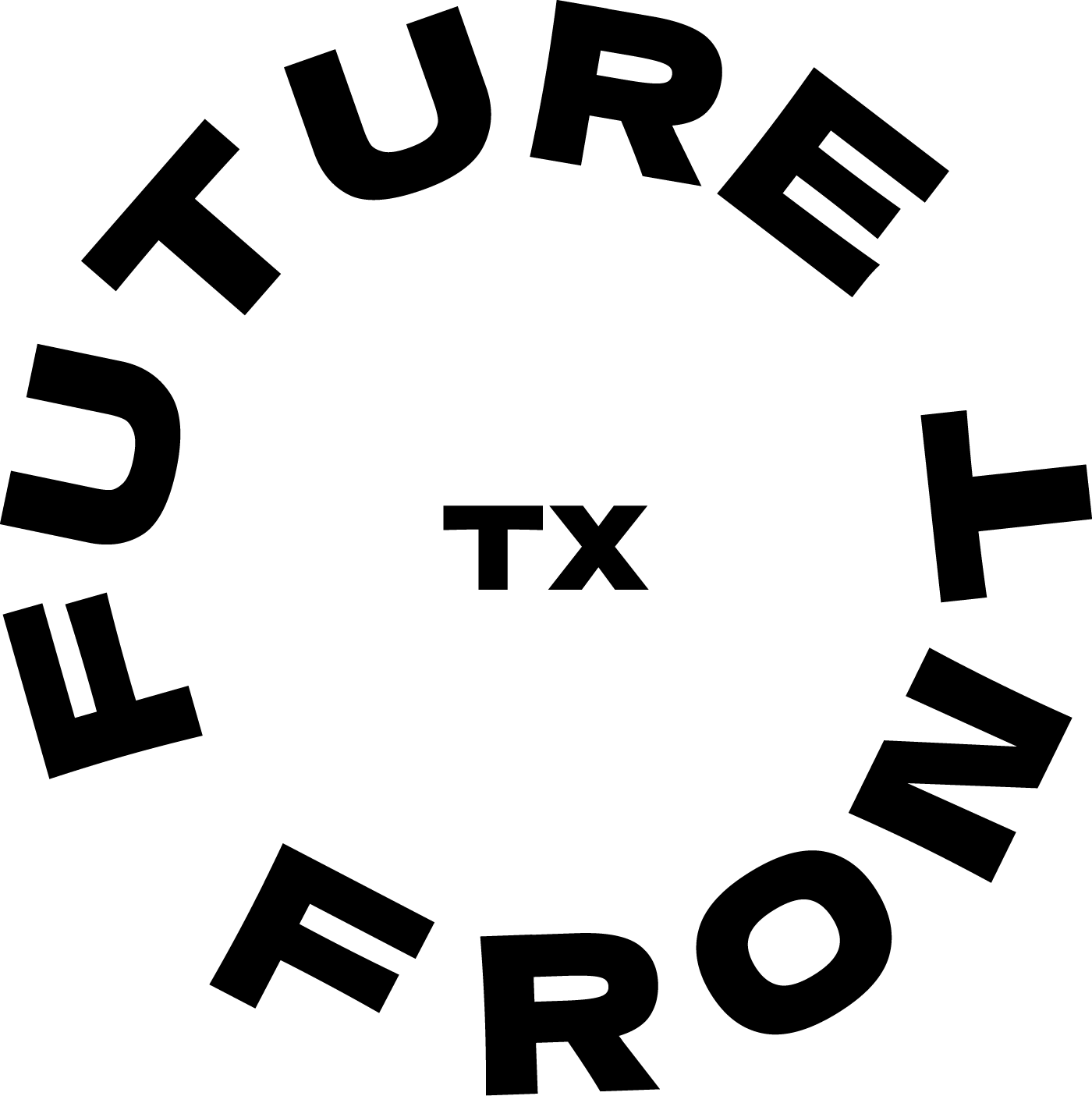On Making Africa: A Continent Of Contemporary Design
This post was written and compiled by Natalia Rocafuerte, with photos by Whitney Devin.
In Winter 2018, we partnered with the Blanton Museum to tour and discuss “Making Africa,” a multidisciplinary exhibit exploring the complexities of African design (spanning a massive collection of photography, furniture, sculpture, clothing, videos and more).
Exclusively for women of color, this look at “Making Africa” featured a guided, private tour from the exhibit’s Associate Curator, Claire Howard, as well as an intimate discussion between Doyin Oyeniyi, journalist for the Texas Monthly and co-creator of Austin While Black, and Mercy Emelike (a #bbatx volunteer and community member).
Photo by Whitney Devin.
behind the exhibit
Curated by Amelie Klein, Curator at the Vitra Design Museum, with Consulting Curator Okwui Enwezor and the Guggenheim Museum Bilbao, the exhibit took two years to curate. In its entirety, the collection showcases a mix of 120 designers, artists, researchers, architects, gallerists and art curators and exhibits functional artwork to video installations.
Hosting interviews in various major African cities, and consulting over 70 working art, research and design professionals, the exhibition is also accompanied by a 352-page publication, which offers ”a first-ever comprehensive overview of African contemporary design.” This narrative behind “Making Africa” is meant to challenge the myth of Africa’s homogeny and the common stereotypes of antiquity and tradition associated with African culture, exports and technology.
To articulate this vision of Africa current, the exhibit is divided into four different sections, Prologue, I and We, Space and Object and Origin and Future. Each section explores a different visual language around the continent and its cultures, aiming to exemplify the diversity in African design and thought. The exhibit also hosts its own website where you can find interviews of artists and major voices in the project and where it has also traveled to across the world. (Click here to view the site.)
behind the tour
First, Howard walked us through Prologue, which examines the limited (and often Western) views of Africa. When walking into the exhibit you’re fittingly greeted by Cyrus Kabiru The C-Stunners series, a pair of art-glasses that filter attention to a “restrictive perspective.”
Next, we ventured into I and We, which evidences that design is an effective tool for artists and designers to communicate and portray social and cultural developments in Africa. Captivating photography works by Mário Macilau, Omar Victor Diop and vintage DRUM magazine covers fill the room, while a wearable garment with the popular wax print, entitled Waxology by MISWudé and photographer Fabrice Monteiro, stands entirely self-aware. (Wax print fabric, often associated with African designers, is actually a Dutch import to Africa and merely another symbol mistaken for African origin. Several pieces in the exhibit use wax fabric as a material to challenge this myth).
The third section of the exhibit entitled Space and Object focuses heavily on the immediate environment, technology and sculpture, mostly focusing on cities and the use of materials. The exhibit then ends with Origin and Future, a contemporary collection of objects and artifacts displaying the now of Africa.
Cyrus Kabiru, Caribbean Sun,2012, from the series C-Stunners, digital print©Carl de Souza/AFP/Getty Images
Associate Curator Claire Howard and visitors discuss Fabrice Monteiro and MISWudé, Waxology, No. 1, 2014.
Photo by Whitney Devin.
our takeaways
After the tour, Mercy Emelike opened the floor: ”The exhibit recognizes the impossibility of talking about Africa with one voice and the danger of a single story, while it also grapples with how to show the diversity within Africa while being a cohesive show. The questions the exhibit raises for me is: Can we 'design' an identity? And if so, how? And who has the power to do so?“
With that prompt in mind, we launched into a discussion of our own identities within the context of “Making Africa,” as well as the exhibit’s limitations and triumphs. How do we frame Africa without using the West as an anchor? How do we frame ourselves without colonization as an anchor? What do we unlearn and what do we need to learn as we create images of ourselves and each other?
Jasmine Sudarkasa, a attendee of the tour and discussion, mentioned that the show included forward-thinking works that imagined a future for Africa/African in Western terms. Jasmine Robinson, a #BBATX committee member, also highlighted that Western society is not necessarily aspirational for Africa, and we need to be able to see a future for Africa without reference to the West.
With these comments in mind, we’ve determined it’s always time to reflect on how art and design play a vital role in the visual language we use to communicate our identities—especially in their authenticity. We must always ask: Whose stories do we choose to tell? Whose stories do we preserve? Whose stories do we keep? What images do we use? Who determines the future?
Our hope is that diverse, intersectional and curious minds resiliently lead the way.
Photo by Whitney Devin.
Doyin Oyeniyi (middle) and Mercy Emelike (far right) lead the discussion. Photo by Whitney Devin.
As #bbatx moves into a new year, we’re excited to create more spaces for discussions and collaborations highlighting women and non-binary folk creatives’ needs and ideas. Many thanks to Mercy Emelike (for scheming up this discussion), Doyin Oyeniyi for her wisdom, The Blanton Museum for their generosity and all those who attended to explore with us.Opening at the Blanton in 2018, “Making Africa: A Continent of Contemporary Design” is on view through January 6, 2019. Stay tuned for more collaborations with the Blanton Museum, as our community explores this exhibit in different capacities at bossbabes.org/events.





